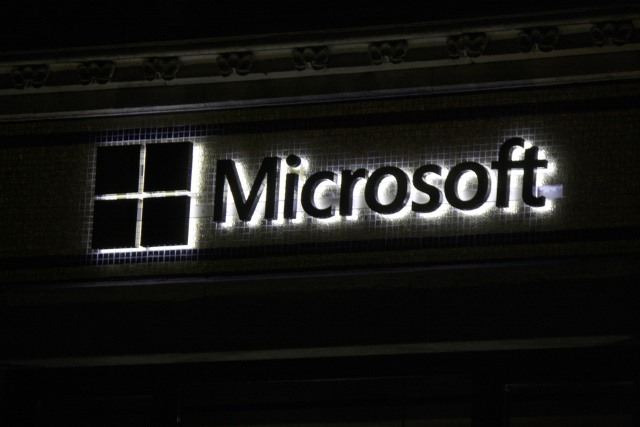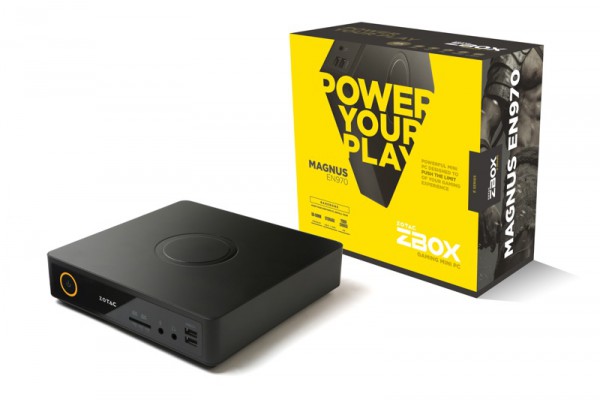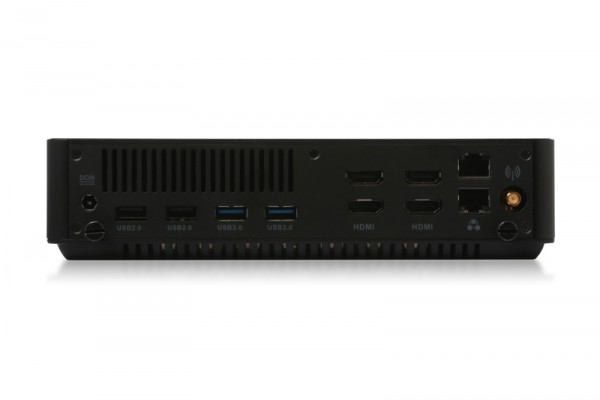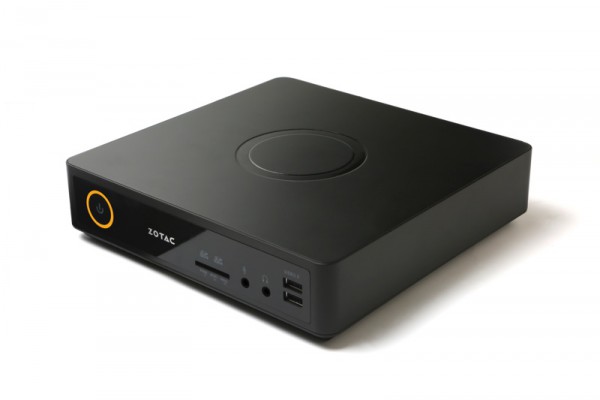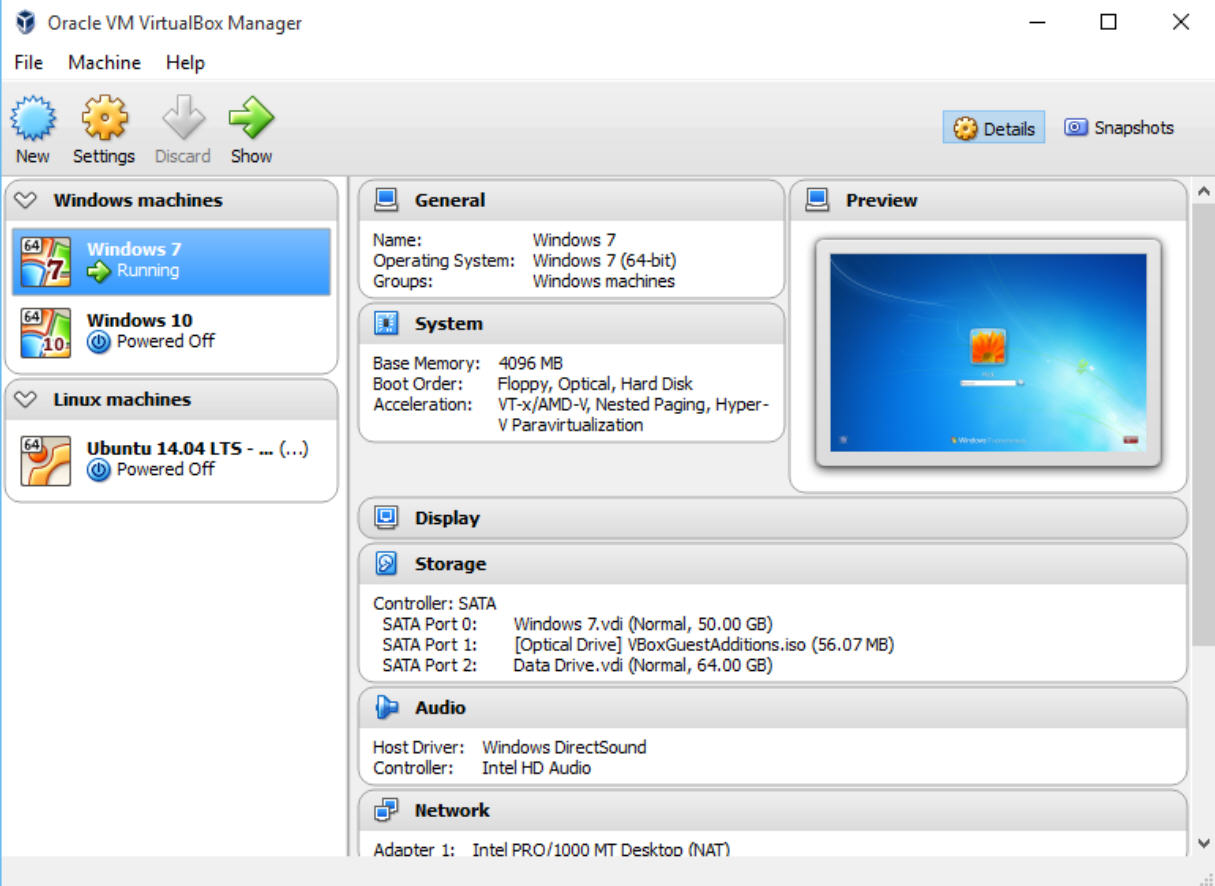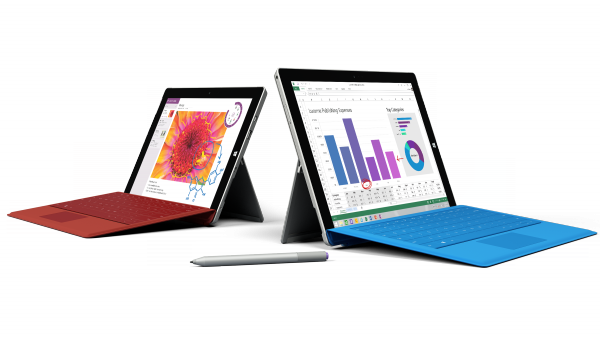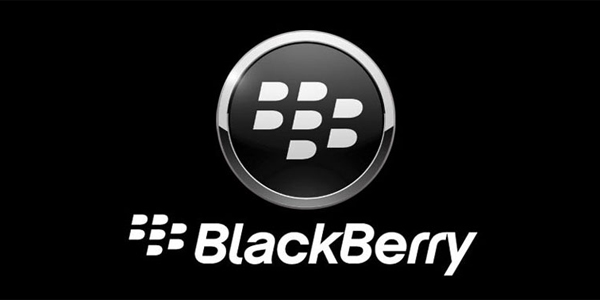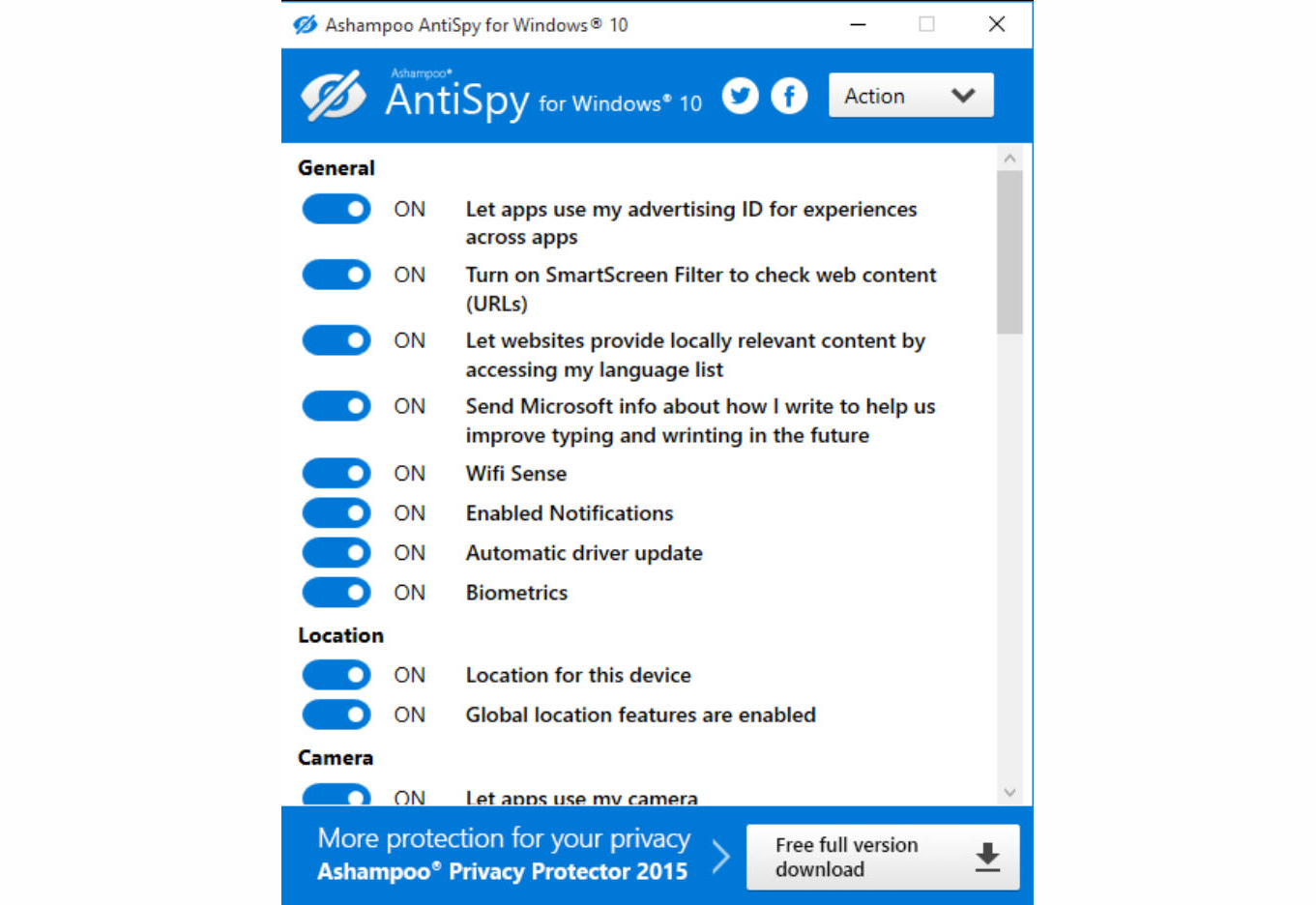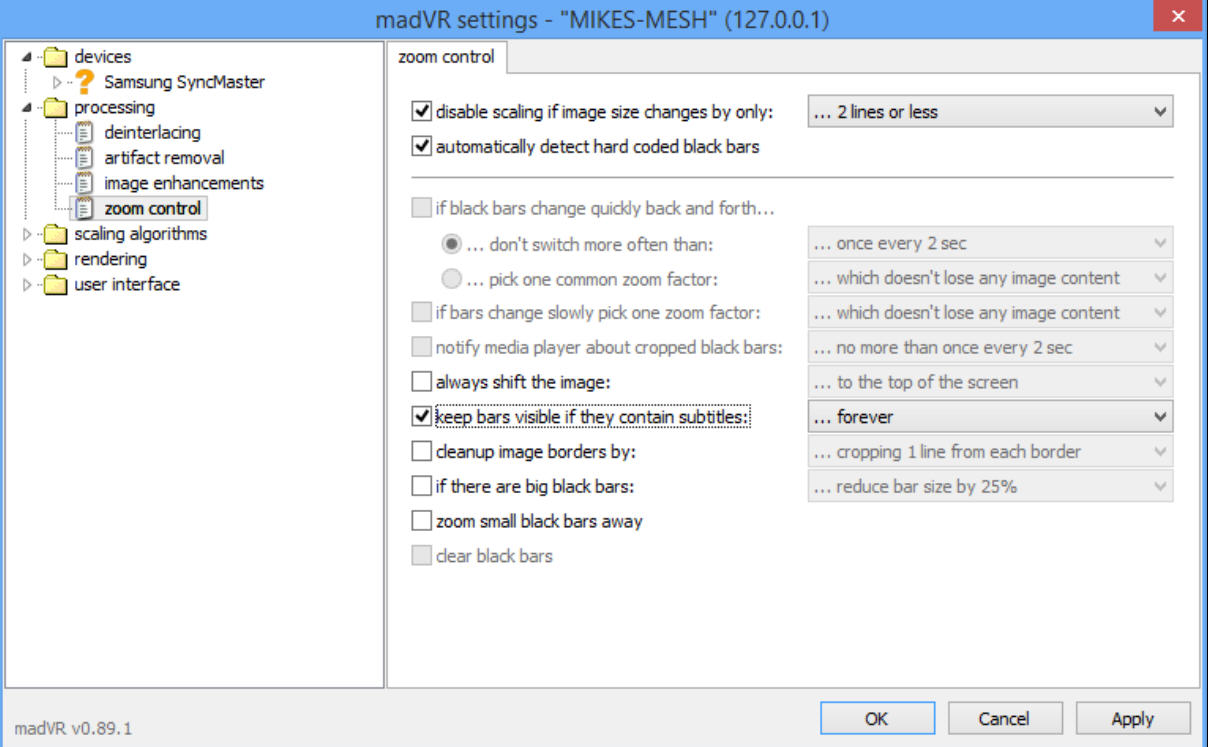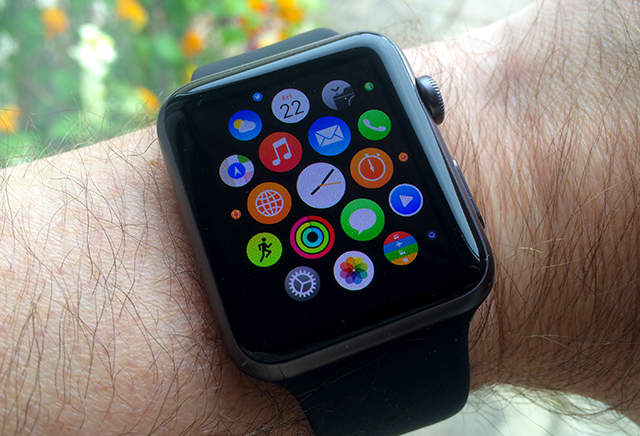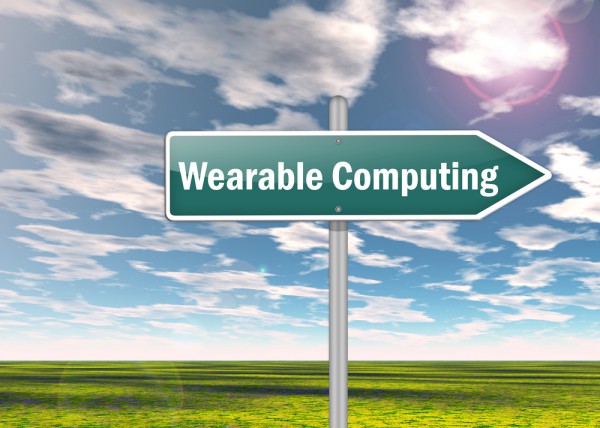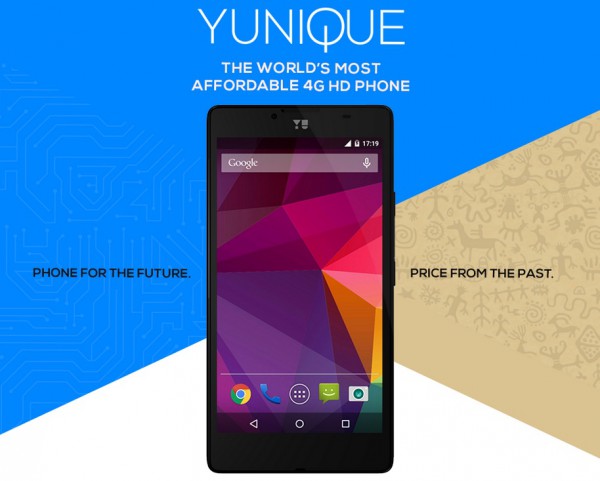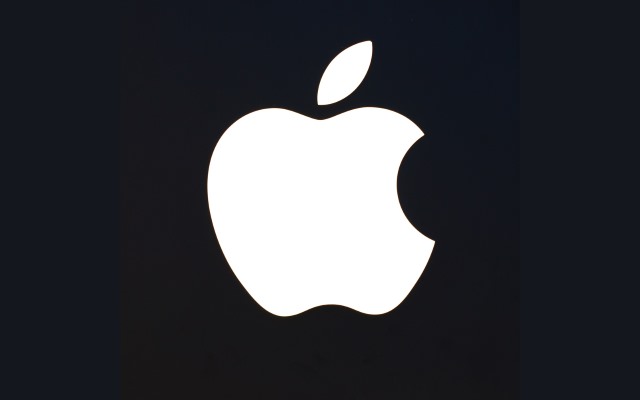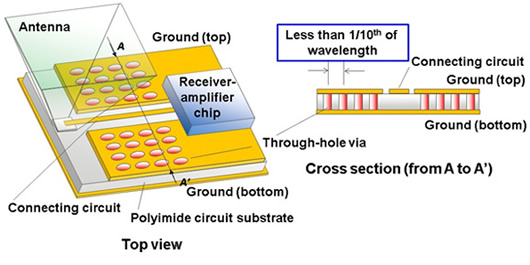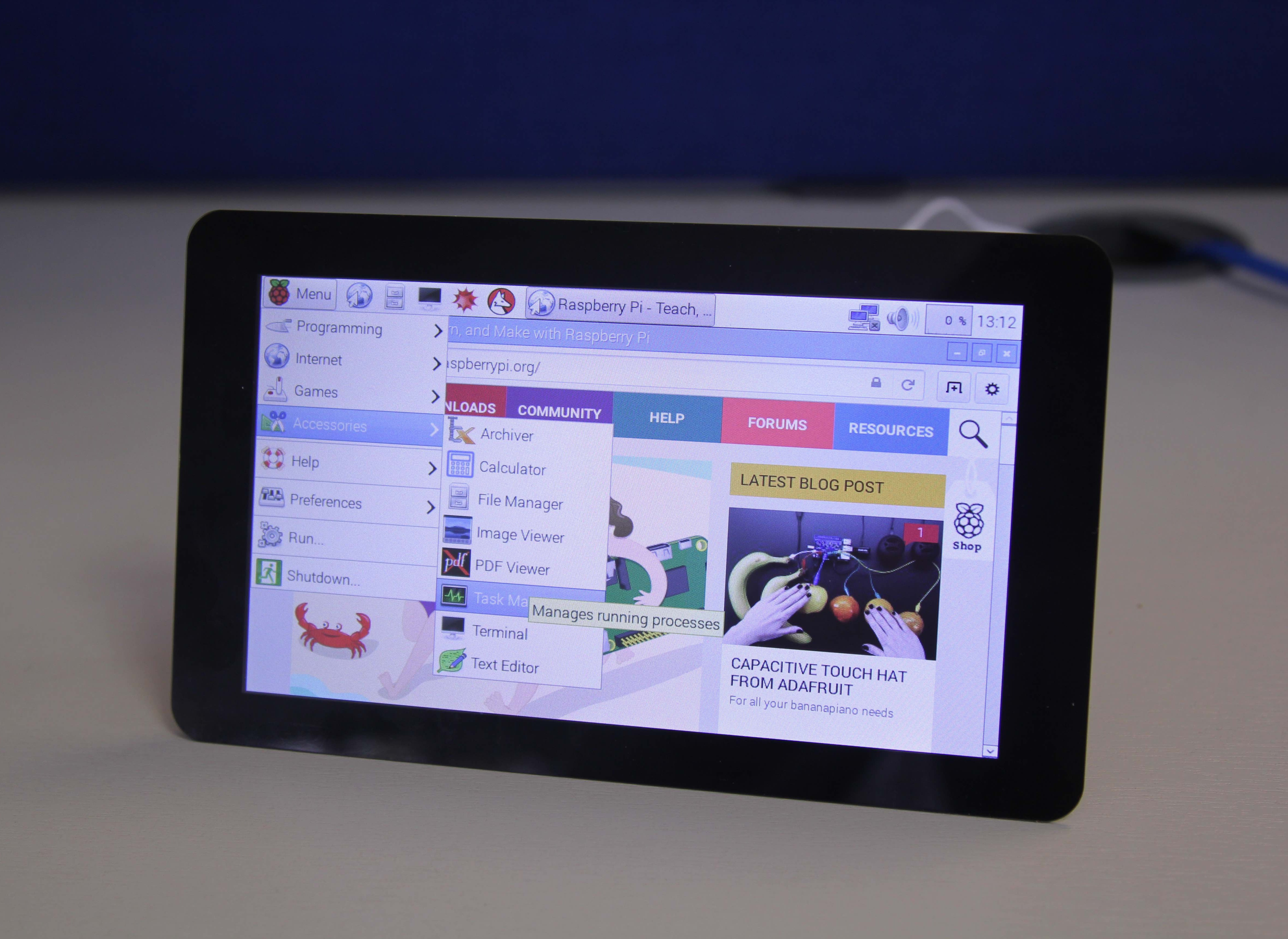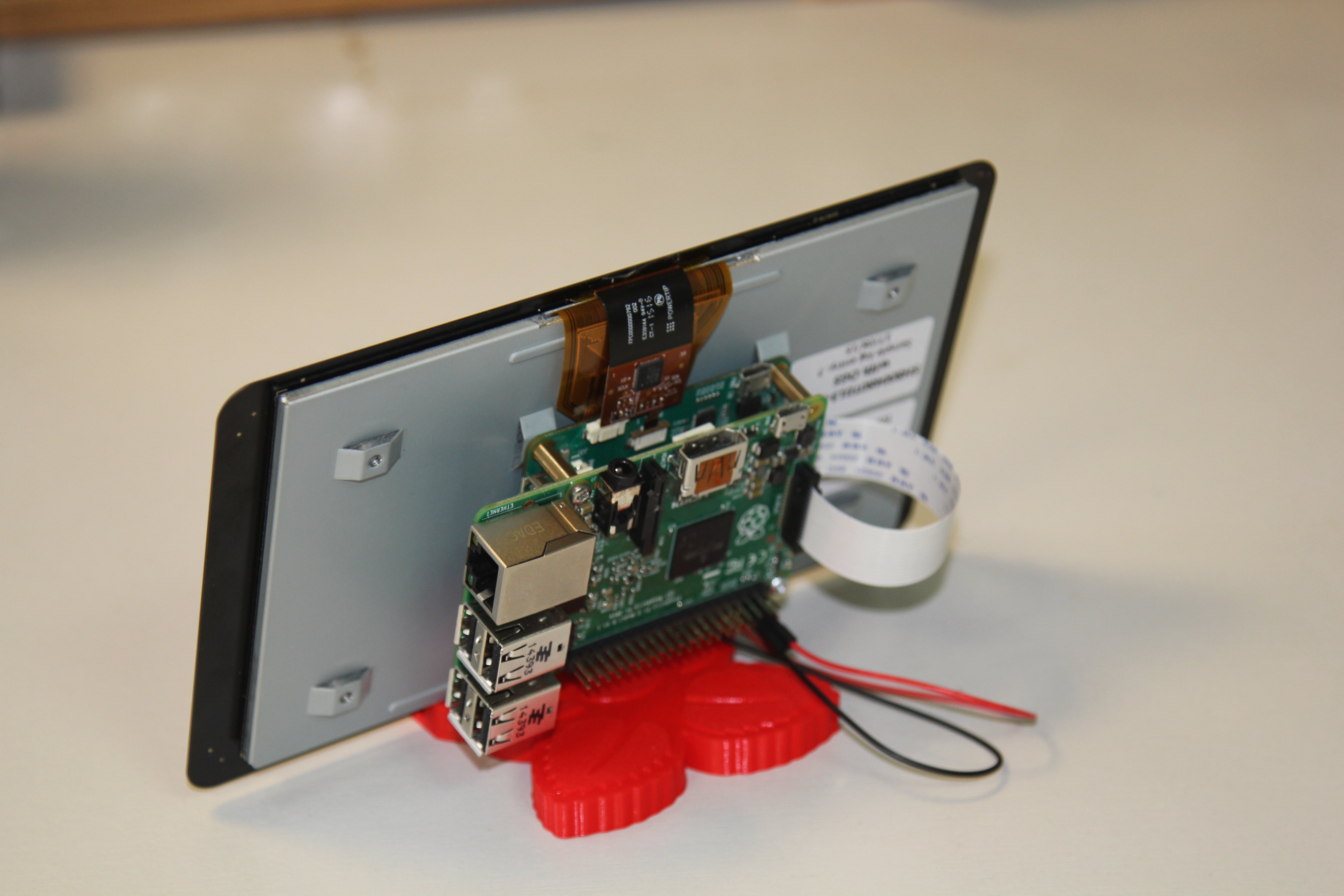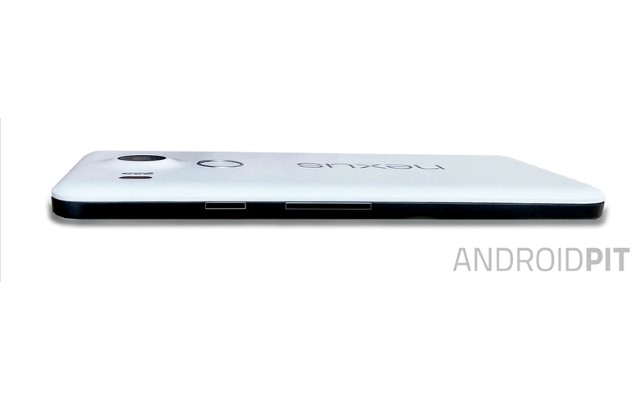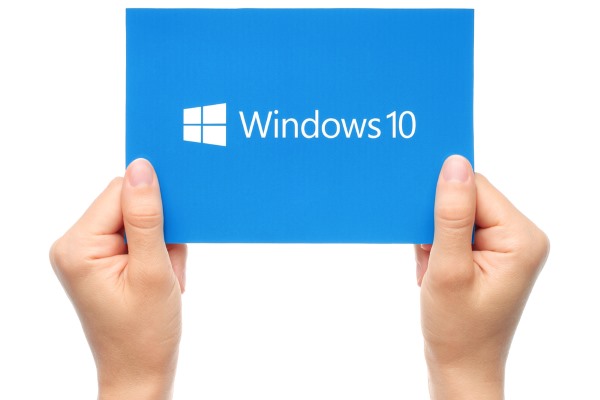
Steve Ballmer, former Microsoft CEO, doesn’t strike anyone as a man with many regrets. But infamously dismissing the newly launched iPhone because "...it doesn’t appeal to business customers because it doesn’t have a keyboard" is probably one of them.
The interview was taken by many as a sign that Microsoft didn’t really get consumers. It didn’t get that consumer tech was fast over-taking enterprise systems as the new driving force for innovation. And it didn’t get that the gap between what people wanted at home and what they wanted at work was closing fast.
Eight years of IT consumerization later, the launch of Windows 10 is Microsoft’s attempt to demonstrate an unflappable commitment to bringing the consumer experience to the business world. This is Microsoft joining the world of agile development and embracing app culture.
It’s a single ecosystem for all device types with Microsoft’s software, including phones, computers, tablets and TVs. And also importantly, it signals the end of the big-bang migration of the operating system for the enterprise. From now on, according to Microsoft, there will be a more regular series of on-going updates instead.
So what does this mean for the enterprise? The Windows 10 promise of more flexibility across devices and more consumer-like capabilities should help CIOs realize their vision of a digitally-enabled workforce. If all goes according to plan, the universal applications, which are designed to work across Windows PCs, tablets and phones, will empower IT teams to deliver what more and more businesses say they want -- true mobility and agility.
The move to Windows 10 should also be the last major migration upheaval. For those system administrators still nursing the scars from the notorious Windows 7 upgrade, this is certainly good news. But the rhythm of life in the IT department is going to change.
A steady stream of smaller tweaks will be replace the intense peaks and troughs of a major migration or upgrade. Caffeine-fueled adrenaline junkies may not appreciate this more zen-like approach, but nearly everyone else will heave a sigh of relief -- at least initially.
That’s right, there’s no need to get rid of the industrial coffee machine just yet. In recent reports, Gartner recommends a 12-18 month time-frame to plan for pre-migration activities for the move to Windows 10, and no one should underestimate the preparation and planning work needed ahead of migration -- even this one -- especially if an environment has known complexities.
First of all, Microsoft is already offering free upgrades to consumers currently on Windows 7 and 8. But according to both Gartner and Forrester, most enterprises are not planning on a full-scale migration to Windows 10 until at least the end of 2016.
This raises the distinct possibility that businesses will lag behind their workforce when it comes to adoption -- especially in industries or even individual roles where consumer IT is particularly influential.
It also has the potential to re-ignite the BYOD debate. Windows 10 addresses a number of the challenges associated with making BYOD work -- not least, compatibility of systems and devices. What it doesn’t do is address the privacy and security issues that make BYOD so problematic in the first place. Whatever the organization’s approach, a BYOD policy is now a matter of urgency.
Windows 10 also gives IT teams approximately a year to 18 months to test and deploy the rolling updates before on-going security fixes start to risk dependency issues. So organizations will need faster testing and deployment procedures that ensure every user is on the right version at the right time.
Windows 10 offers many advantages, but new challenges will arise with maintaining a centralized management model. The newly empowered workforce will have responsibilities too, and these need to be managed effectively. IT teams will need to develop alternative ways to prevent the organization become an unfettered software free-for-all.
Workspace management technologies with their automation capabilities, for example, can help with the transition and minimize the effort needed. Equally, tools available that help IT managers get a more accurate picture of how their users actually use technology could be invaluable in a newly agile and continually updating IT environment.
These challenges aside, Windows 10 looks like a necessary and welcome development, and many of our clients have already expressed enthusiasm for it. Not least because the whole re-thinking of Windows is a silent acknowledgement that enterprise IT has changed.
The big beasts of Silicon Valley (and Redmond) don’t have the same dominant position that they enjoyed even ten years ago. The enterprise IT estate is becoming a lot more diverse. The network is blurred at the edges. Software comes and goes. And being secure means covering a lot more ground than ever before.
With the promise of no more major migrations and an improved unified approach to mobility, the newly agile and evolutionary Windows model tackles many of the biggest headaches facing IT today.
But perhaps the biggest advantage of all is that it frees up time and energy to address all the others.
Lorena Crowley is Product Marketing director at RES Software.
Published under license from ITProPortal.com, a Net Communities Ltd Publication. All rights reserved.
Photo credit: rvlsoft / Shutterstock






